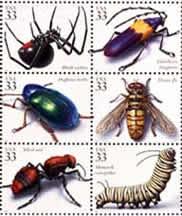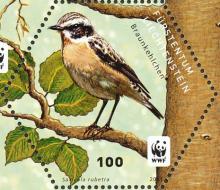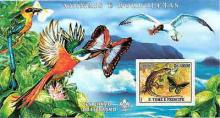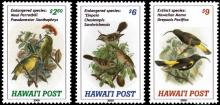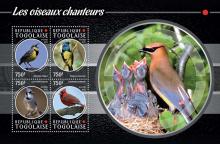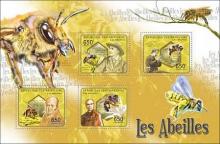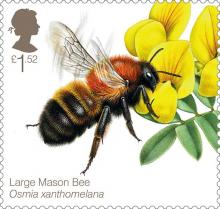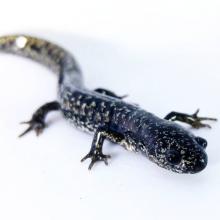Where have all the insects gone?
- Read more about Where have all the insects gone?
- Log in to post comments
I miss seeing the back end of a bug. This summer I sensed a disturbance of some sort. There were hardly any ladybirds, almost no butterflies (only the odd cabbage white) and barely a wasp. Very, very odd. I noticed early on that the orchard would crop moderately (as opposed to well); I put this down to the slow spring and accompanying lack of pollinators.

